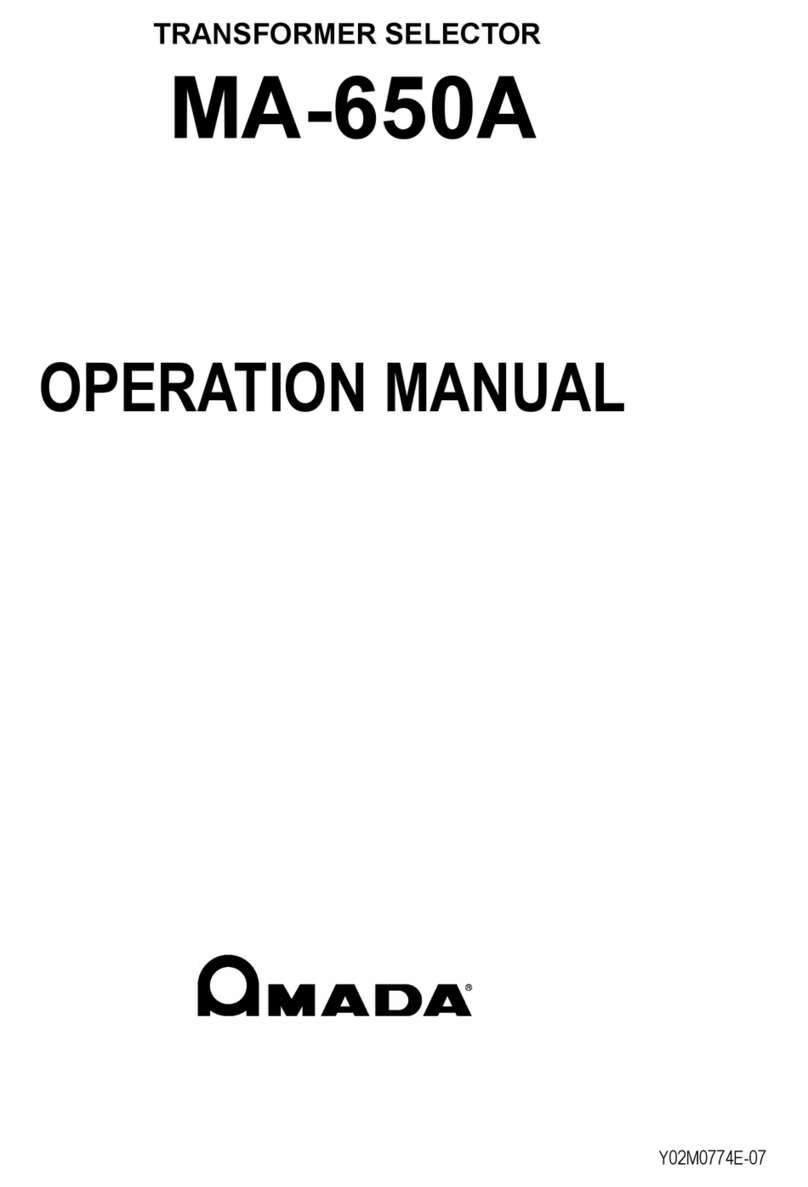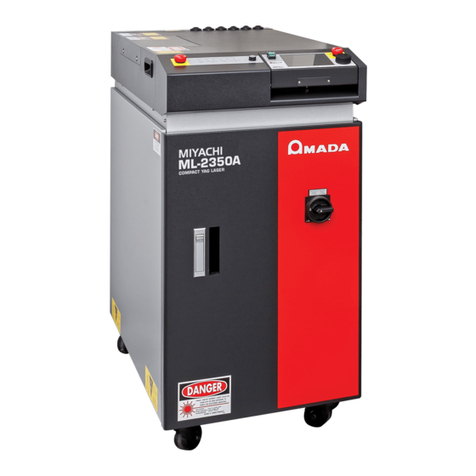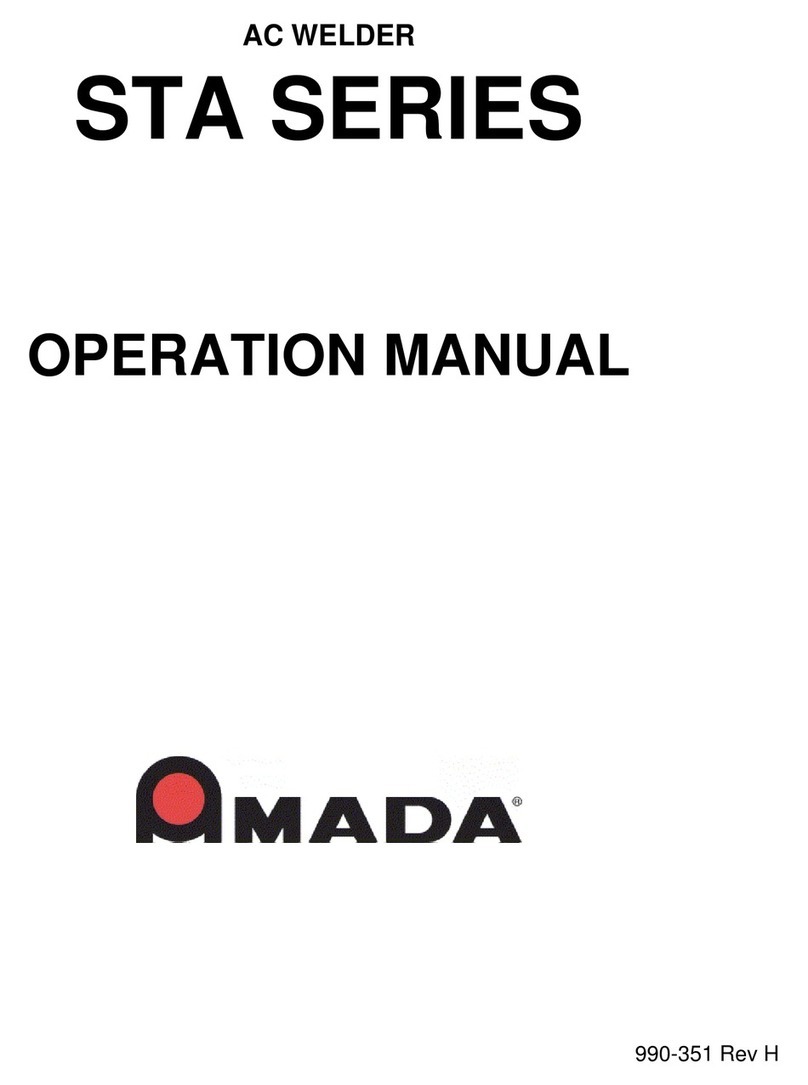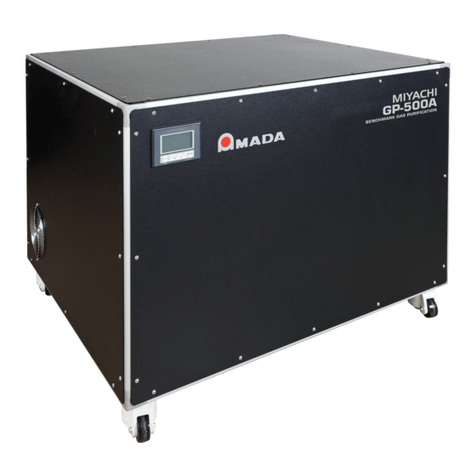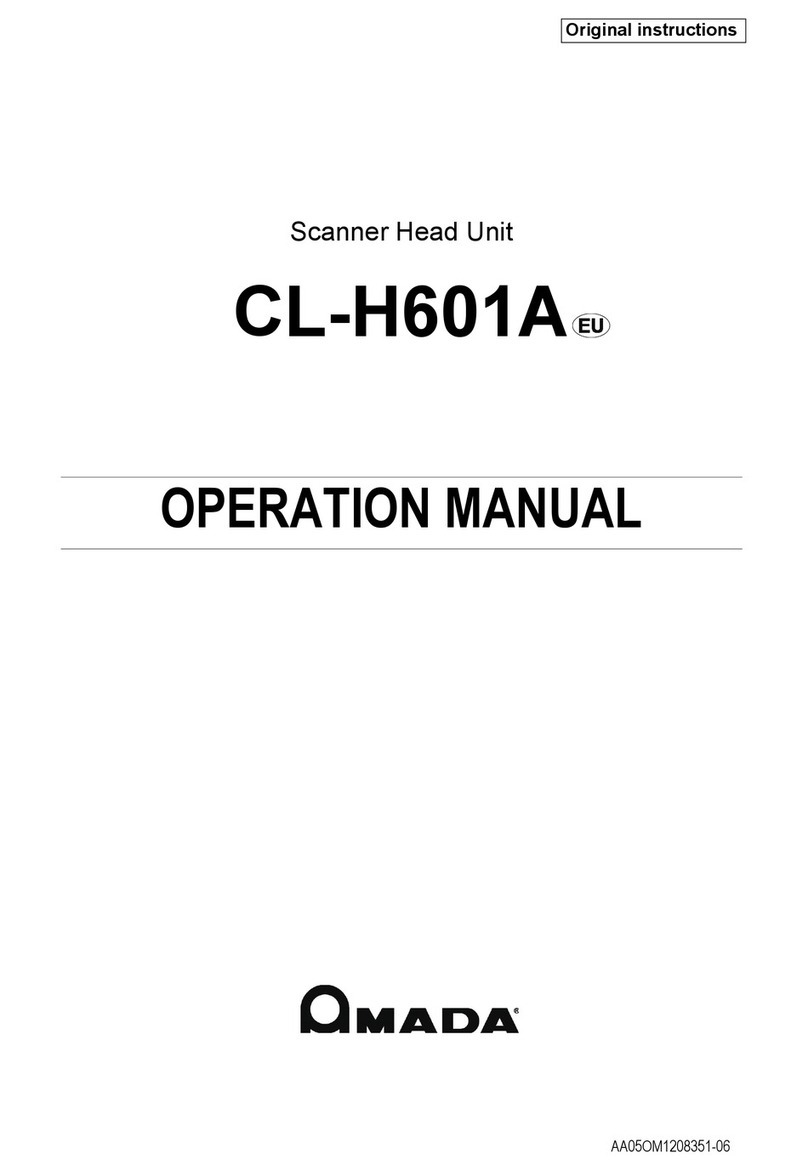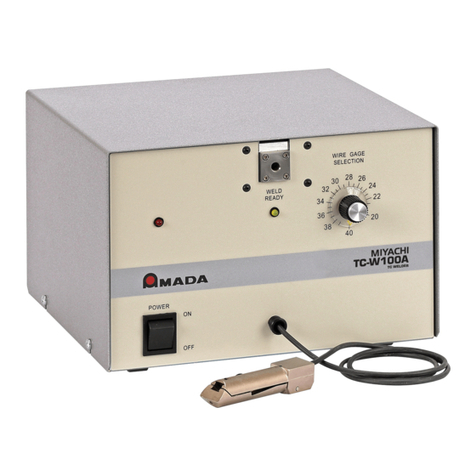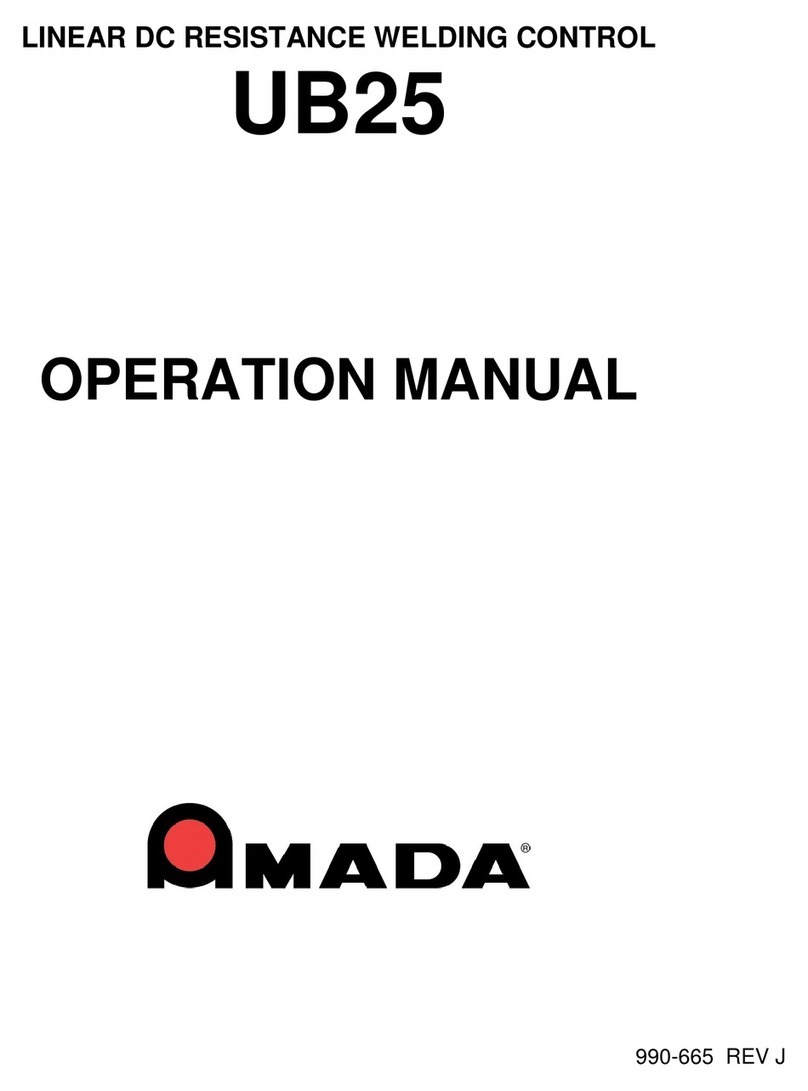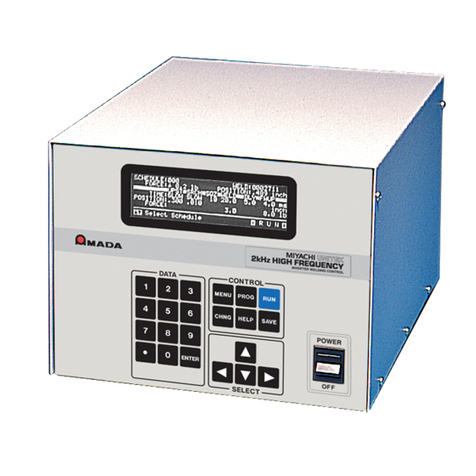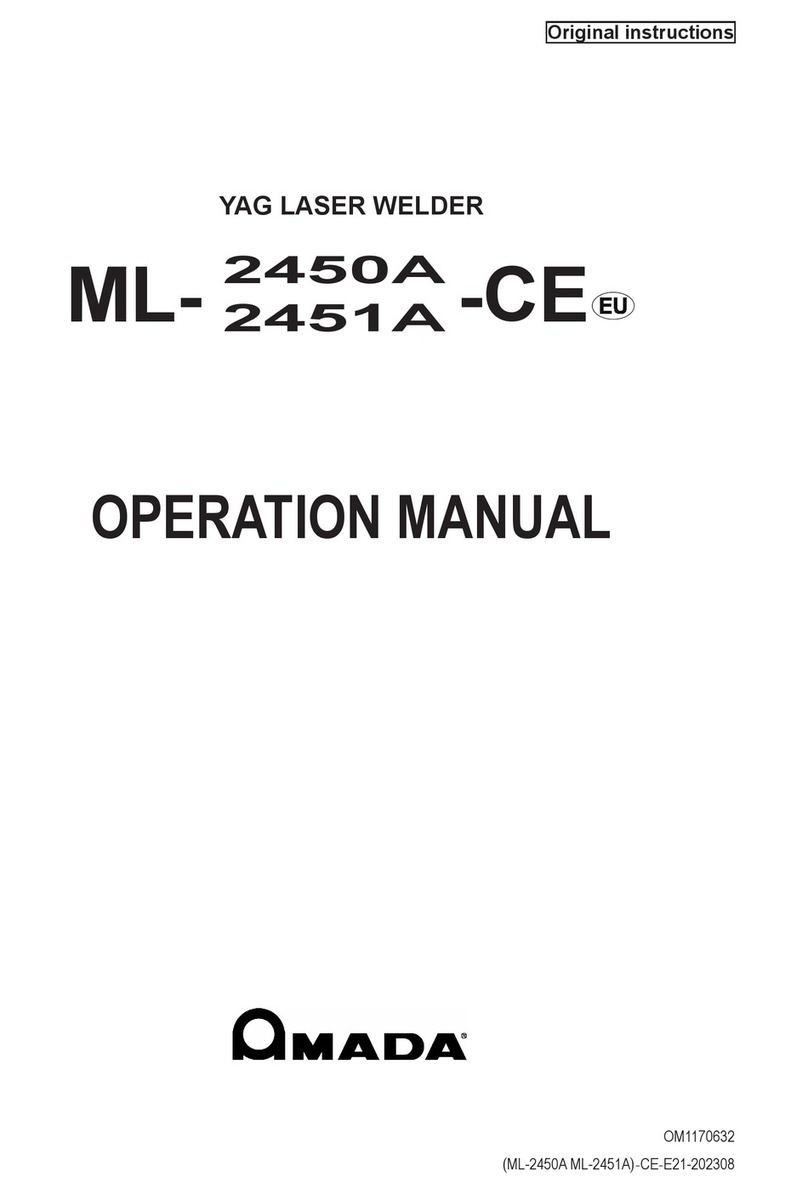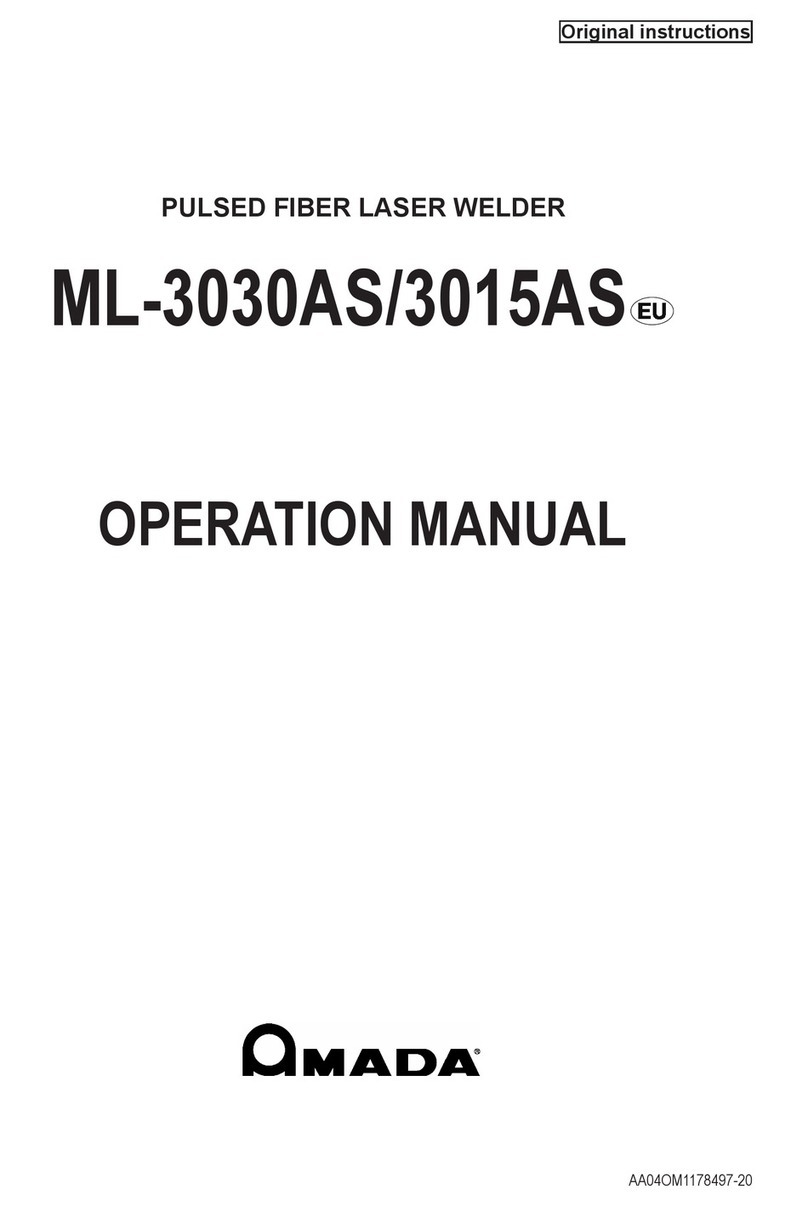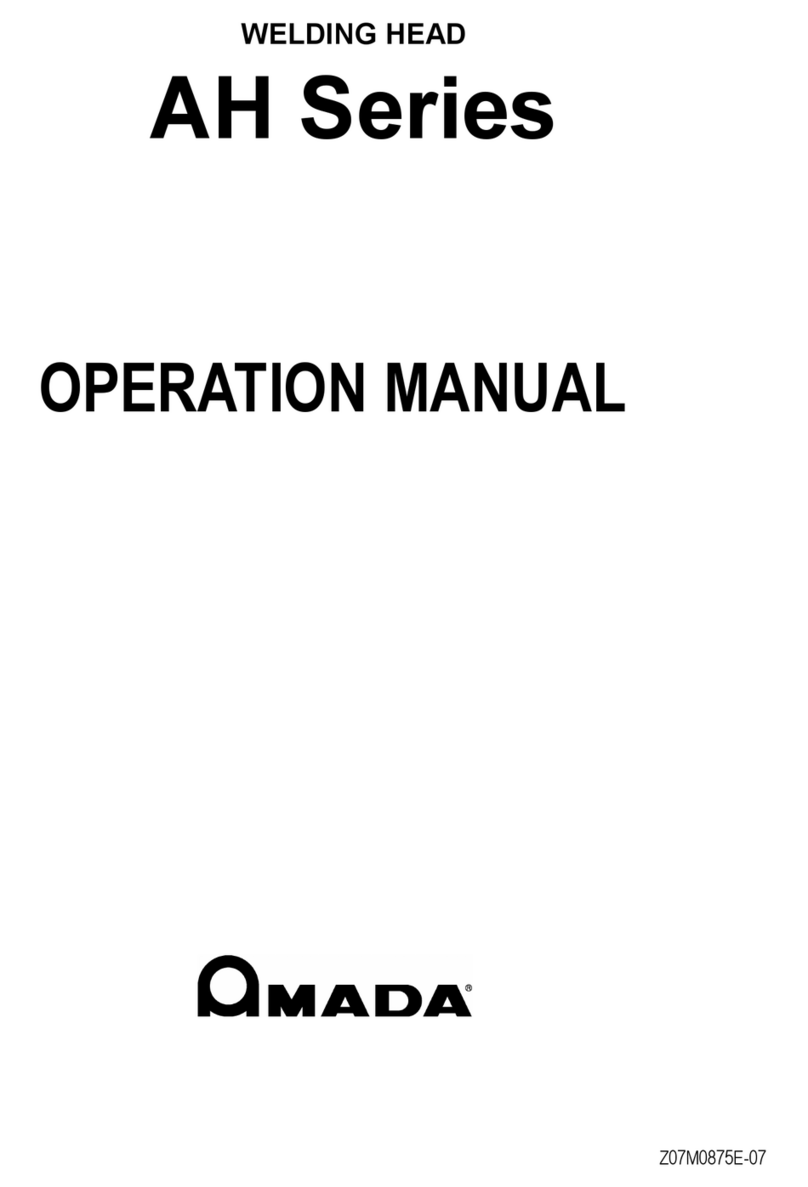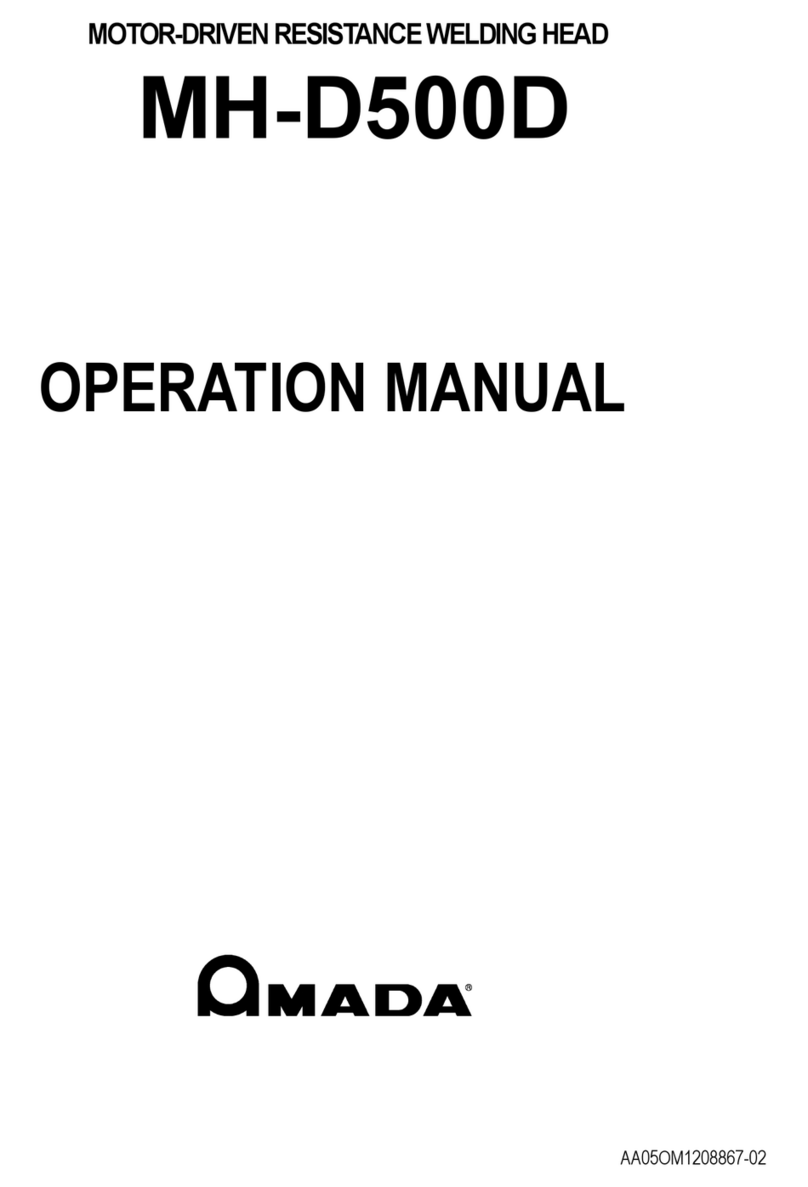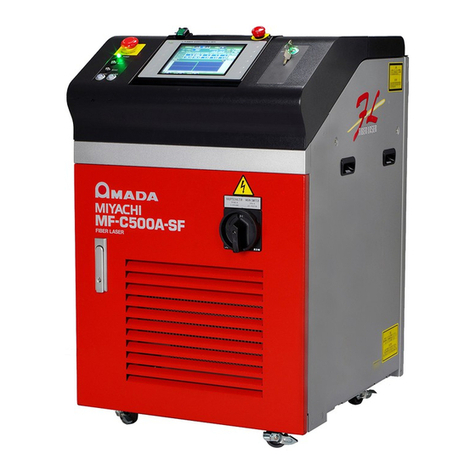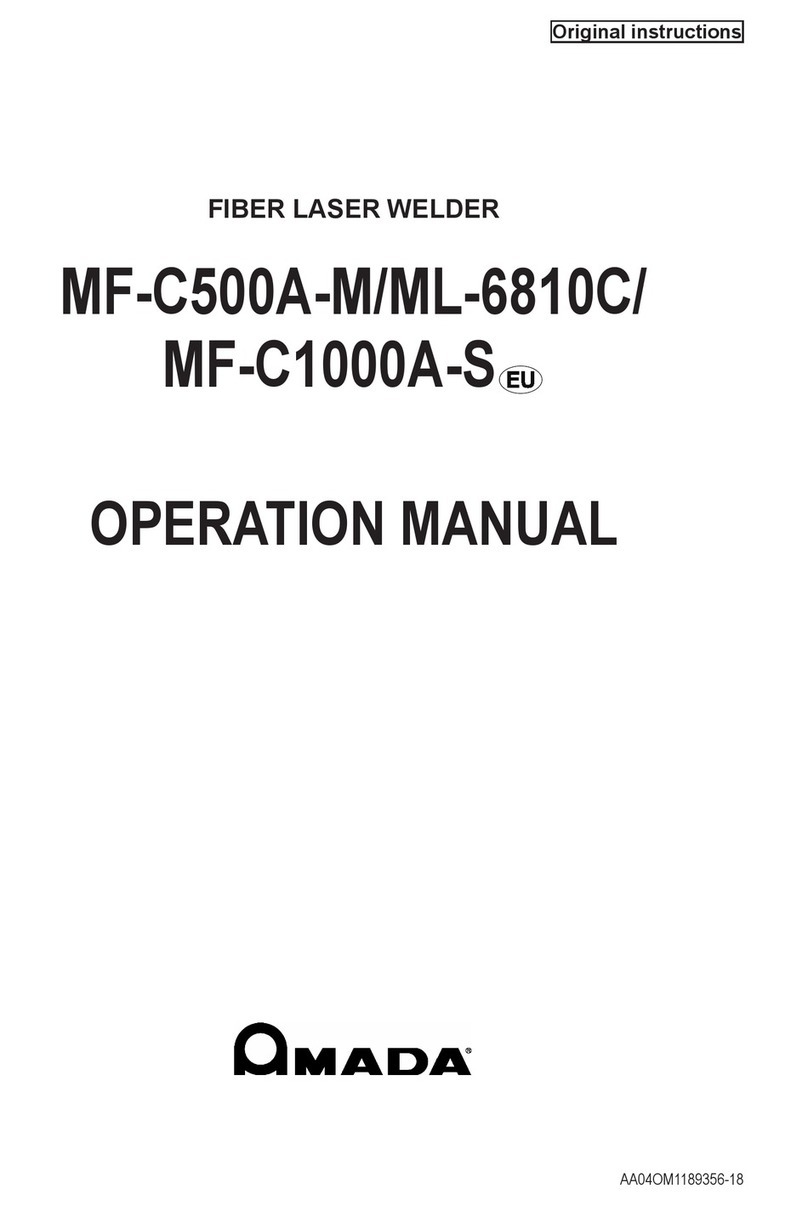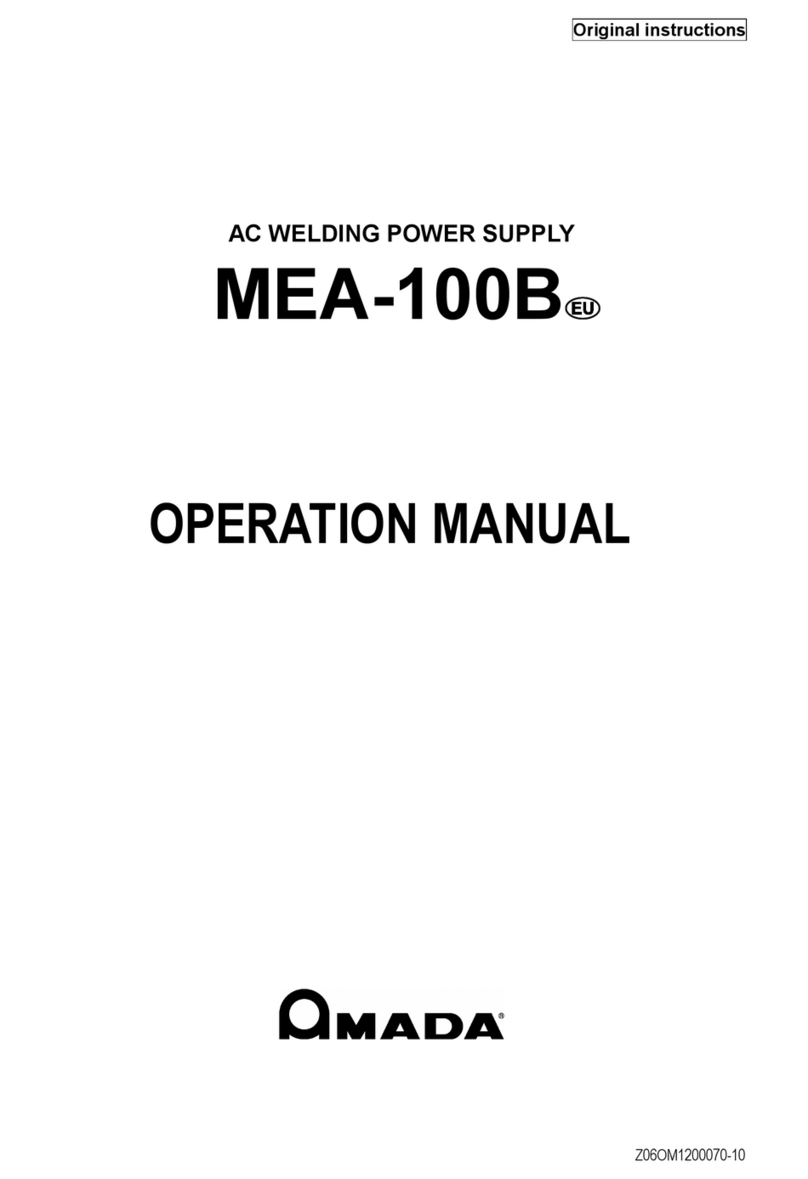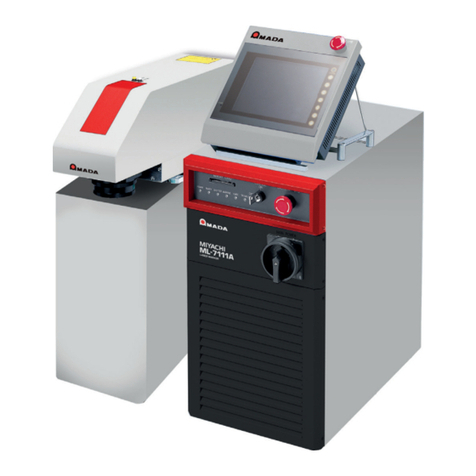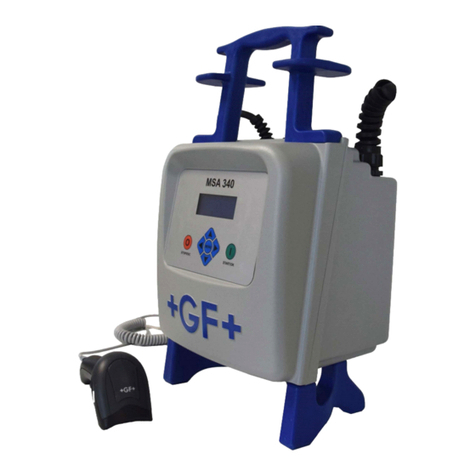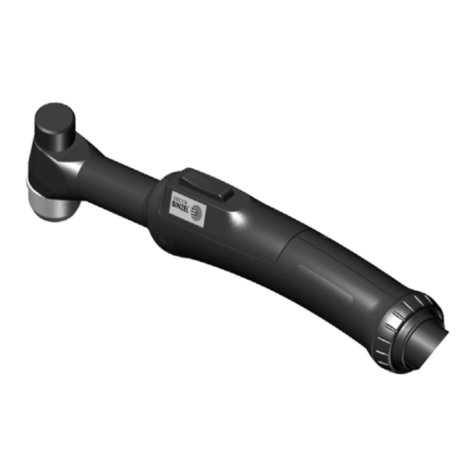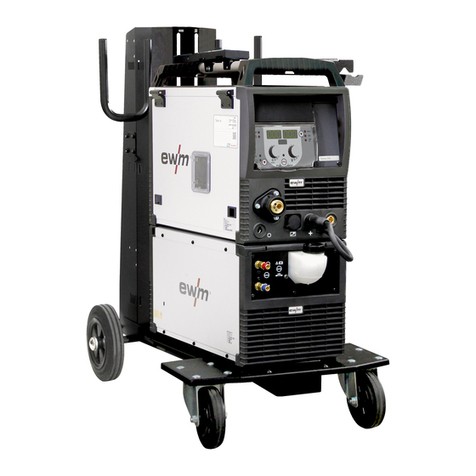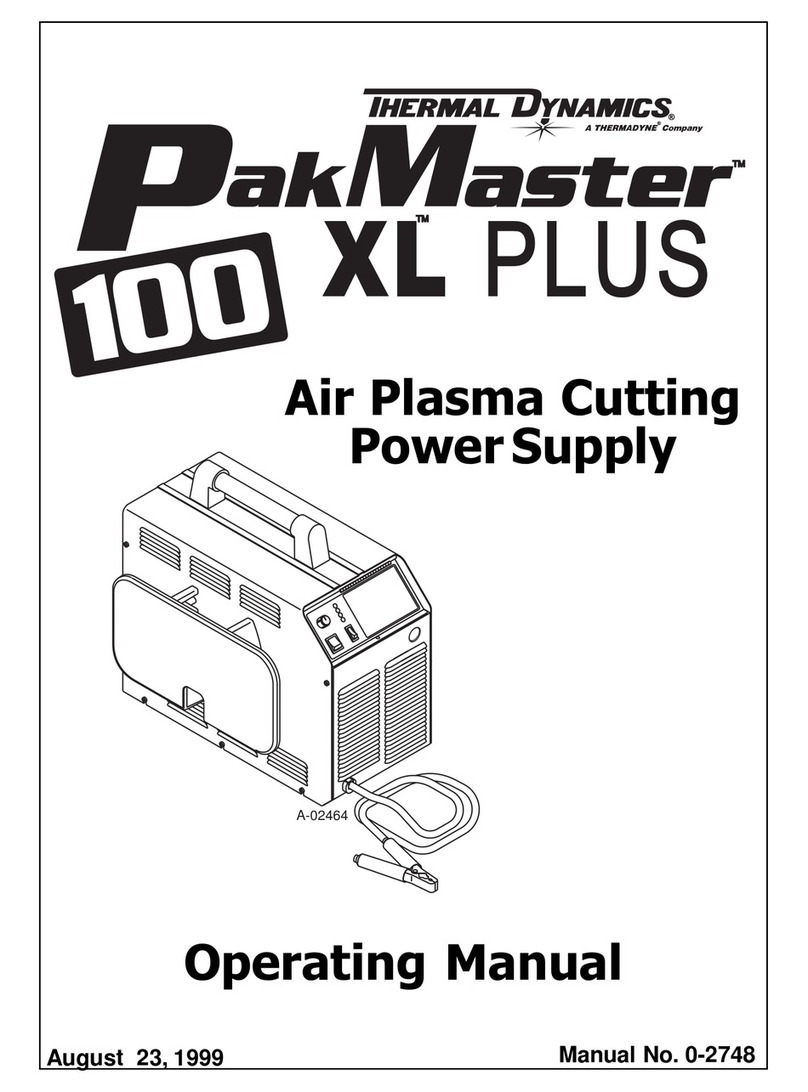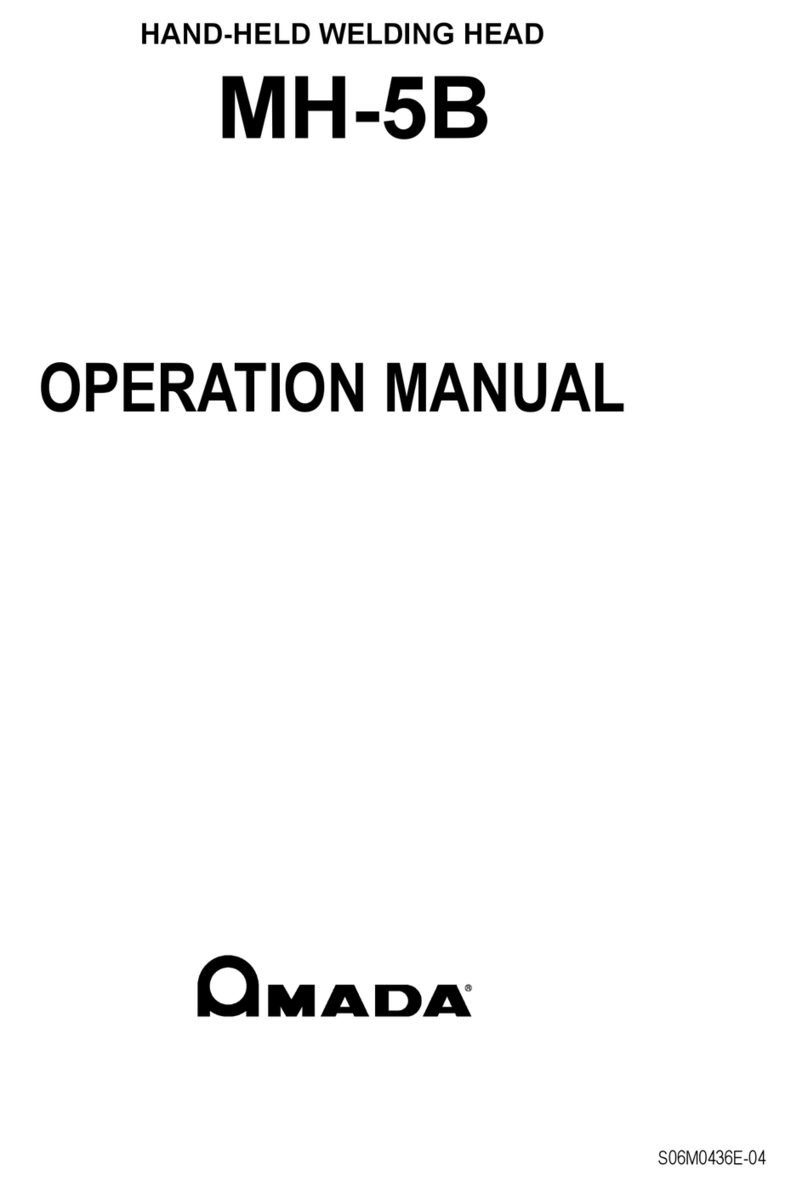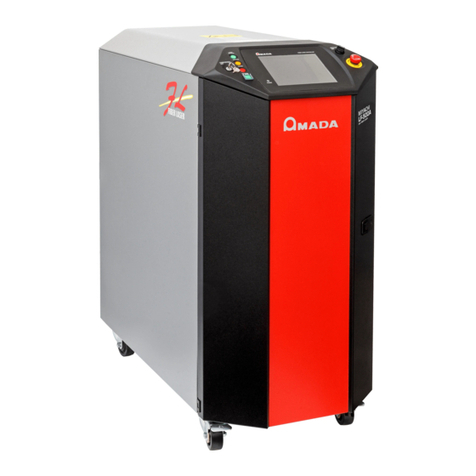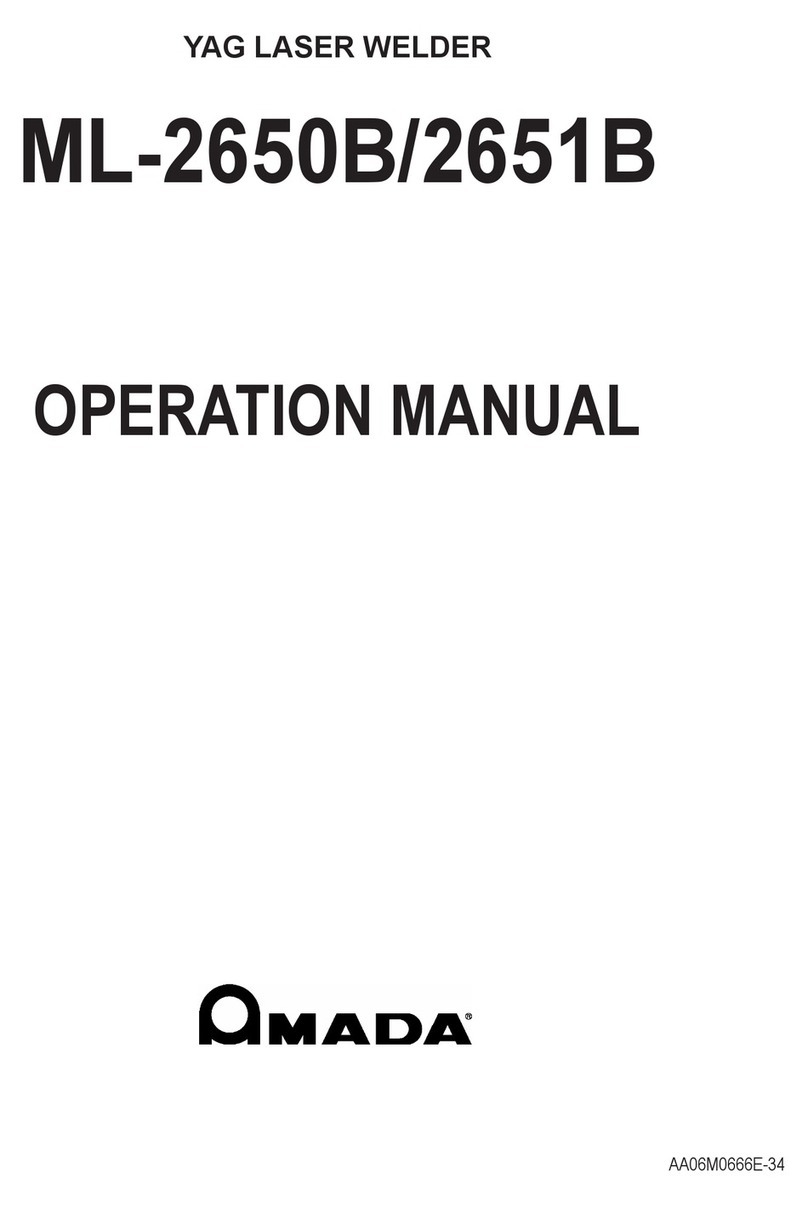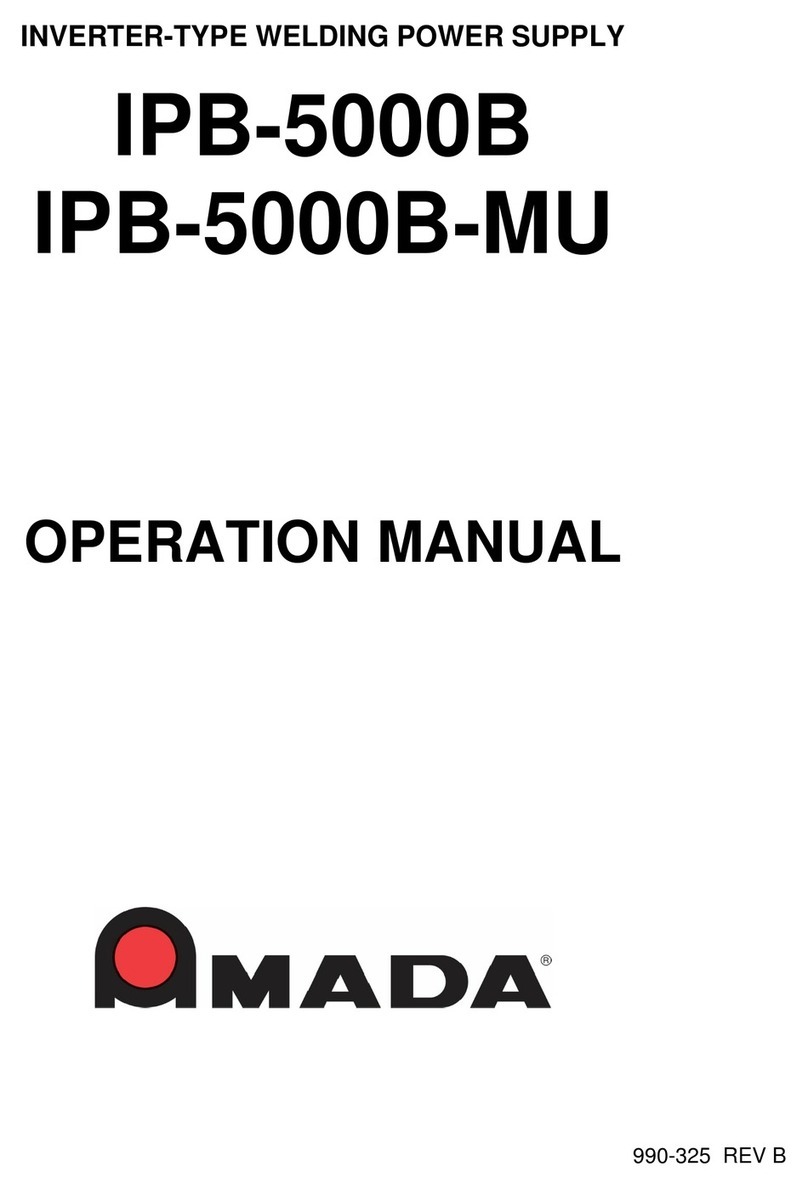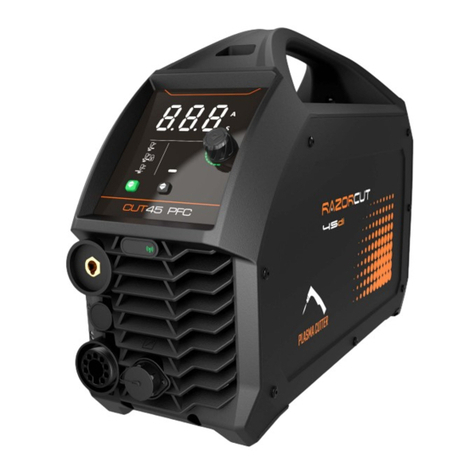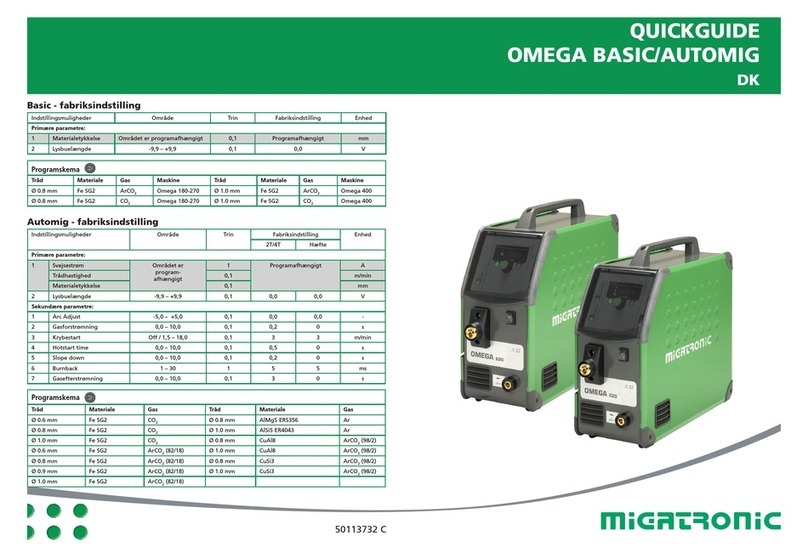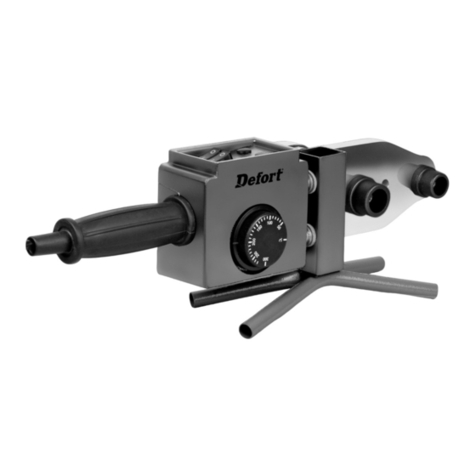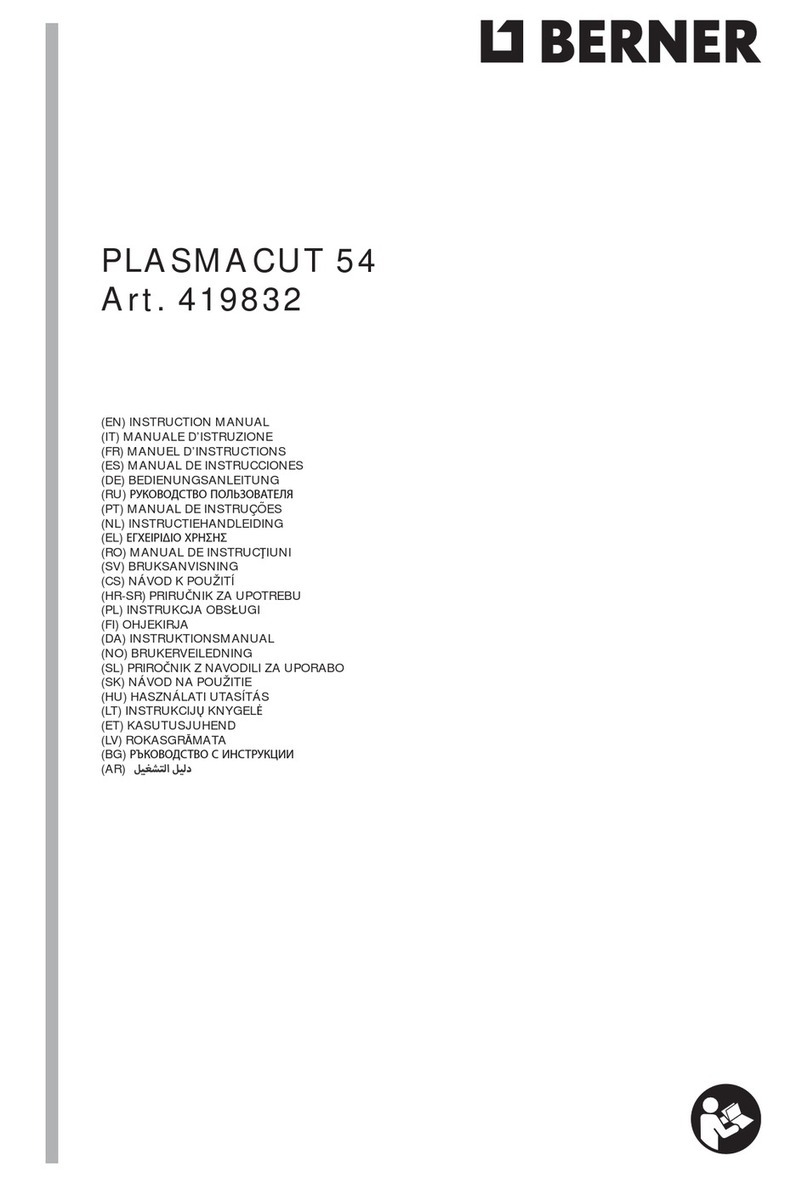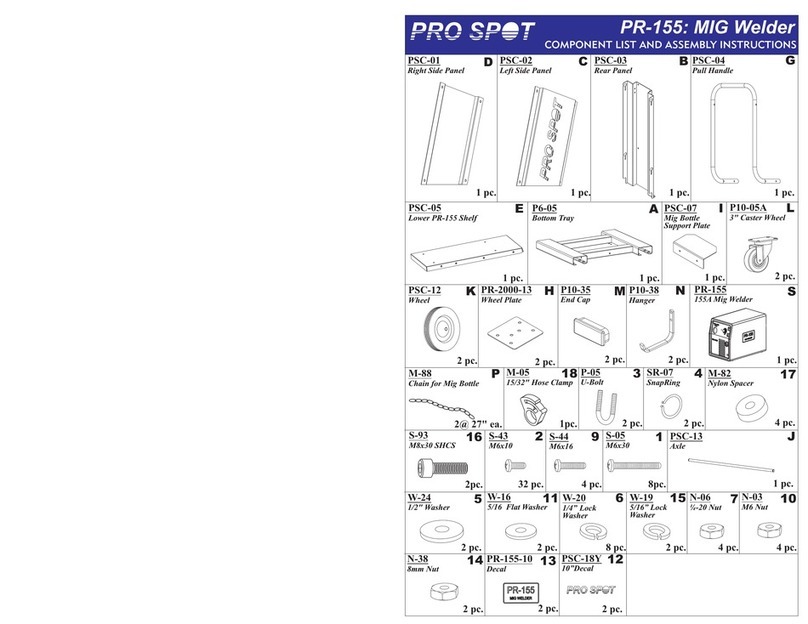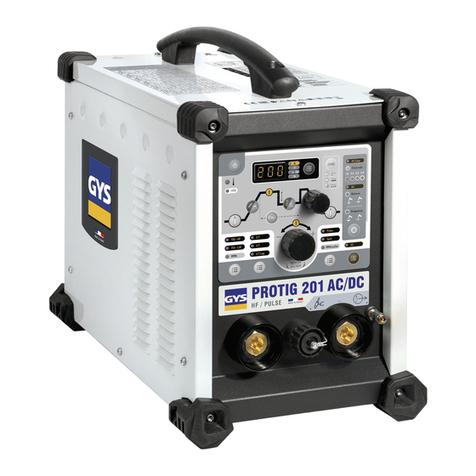
5
MF-C2000A Series
5. Monitoring Output (MF-C2000A-M/S Only) ..............................133
MONITOR Screen. . . . . . . . . . . . . . . . . . . . . . . . . . . . . . . . . . . . . . . . . . . . .133
Setting the Output Status Check Screen ...........................135
6. Changing the Acceptance Time for Laser Start Signal/Schedule Signal
(CONFIG Screen) (MF-C2000A-M/S Only) ..............................138
7. CL-E Mode (MF-C2000A-MC/SC Only) .................................140
Common to Screens ...........................................140
CONFIG Screen ..............................................140
MONITOR Screen. . . . . . . . . . . . . . . . . . . . . . . . . . . . . . . . . . . . . . . . . . . . .141
Chapter 3 Laser Processing by Laser Controller (PANEL CONTROL)..143
1. Operation Flow ....................................................143
2. Laser Controller Functions ...........................................144
3. Operating Procedure ...............................................145
Chapter 4 Laser Processing by External Input/ Output Signals (EXTERNAL CONTROL) 151
1. Operation Flow ....................................................151
2. Preparations for Operations ..........................................152
3. Connector Functions ...............................................153
Pin Arrangement and Functions ..................................153
Example Connections of External Input/Output Signals ................164
4. Programming .....................................................167
Chapter 5 Laser Processing by External Communication Control (RS-485 CONTROL) . 171
1. Operation Flow ....................................................171
2. Preparations for Operations ..........................................172
3. Initial Settings .....................................................173
Setting Communication Schedules and Equipment No. ................173
4. Commands .......................................................175
Setting Data .................................................177
Reading Data ................................................178
Setting the Control Method, SCHEDULE No., etc. ....................187
Setting the System Date and Time ................................188
Reading the Control Method, SCHEDULE No., etc....................189
Reading the System Date and Time ...............................190
Starting a Laser Light Output ....................................190
Stopping a Laser Light Output ...................................191
Stopping an Error Signal Output..................................191
Resetting the Total Number of Outputs.............................191
Resetting the Appropriate Number of Outputs .......................192
Reading Error No. at Occurrence of Trouble ........................192
Reading the Error History .......................................193
Reading the Software Version ...................................193
Reading the Equipment Name ...................................194
Chapter 6 Laser Processing in the CL-E Mode (MF-C2000A-MC/SC Only) 195
1. Operation Flow ....................................................195
2. Operating Procedure ...............................................196
3. Preparations for External Input/Output Control ...........................201
